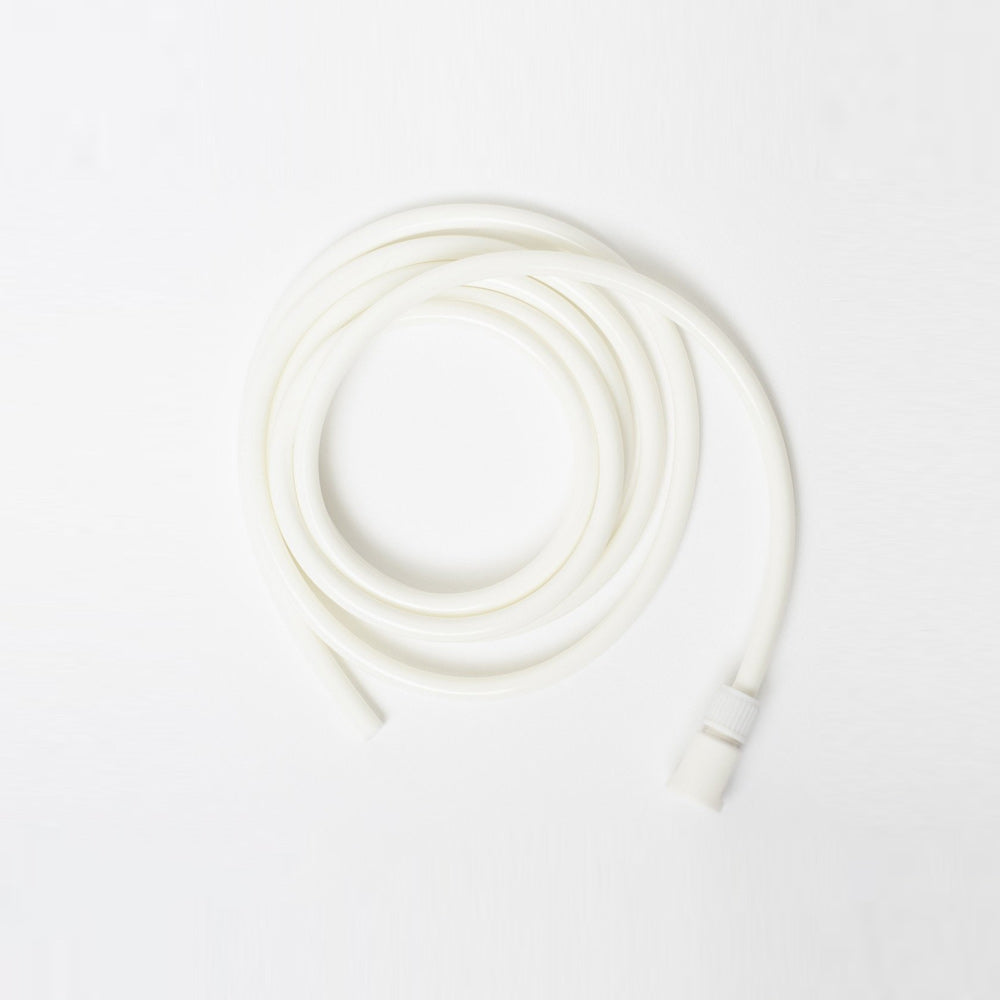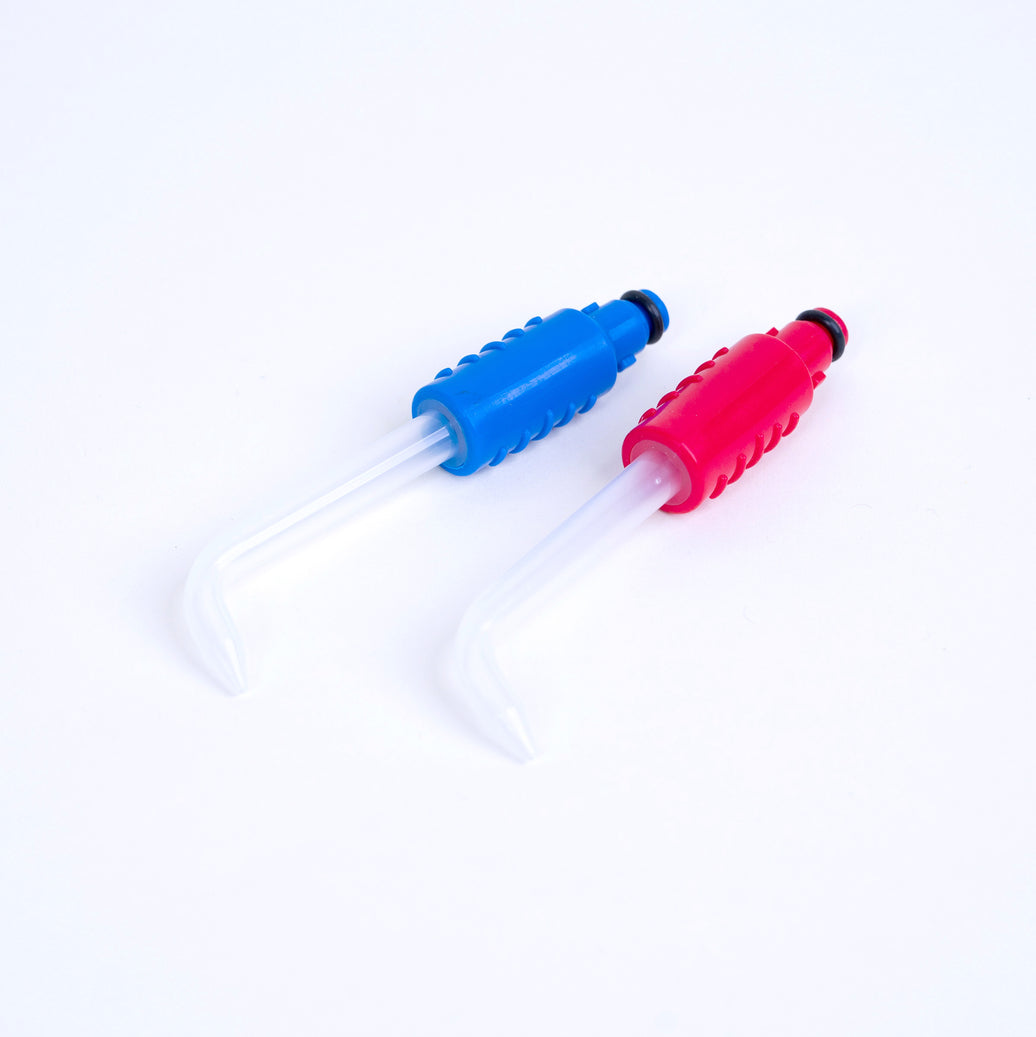When taking a trip, many people are prepared for a medical emergency; however, many are unprepared for a dental emergency. One can take simple measures and prepare for a dental emergency by taking some items along with them, in addition to their medical first aid kit. The following materials can be of help in making a custom dental emergency first aid kit and can be purchased from your local drugstore:
- Petroleum Jelly
- Dental Mirror
- Dental Wax
- DenTemp, temporary cement
- Gauze
- Floss
- Tweezers
- Pen Light
- Sugarless Gum
- Oil of Cloves
- Cotton Pellets
Dislodged Cap (Crown)
Use petroleum jelly or DenTemp cement and gently replace the cap onto the tooth. If still too loose, remove to avoid aspiration and more severe problems. Seek dental attention.
Braces
Sharp wires can be coated with dental wax or sugarless gum until one can see his or her orthodontist.
Lost Filling
Gently clean area. Use dental mirror and pen light to locate cavity. Place a small cotton pellet barely soaked in oil of cloves solution into cavity. The pellet should be dried as best possible on a tissue before placing into cavity. Seek dental attention as soon as you can.
Knocked Out Tooth
If a permanent tooth is dislodged from the socket due to trauma, try gently replacing it into the tooth socket. Do not scrub the tooth clean. You can damage the fibers needed for reattachment. If the tooth cannot be replaced for whatever reason, place in between cheek and side of mouth and do not swallow. If you cannot, place in a glass of milk. Keep it moist. Time is critical...Get to a dentist immediately. A tetanus vaccine may be needed. If the tooth lost is a baby tooth, try to control bleeding by having child bite on a moist gauze for 15 minutes. If it does not stop seek dental care. Leave the baby tooth out. Do not replace.
Bleeding in Mouth from Trauma
Use moistened gauze on area with continuous pressure for 15 minutes. If bleeding does not stop, seek immediate dental or medical care to make sure sutures are not necessary, that vital blood vessels have not been disrupted, or that dental infection does not result. As always, we state that these are all only tentative measures, when one cannot seek immediate professional care. One should seek prompt dental or medical care as soon as possible to avoid more serious problems.
Broken Tooth
Rinse dirt from injured area with warm water. Place cold compresses over the face in the area of the injury. Locate and save any broken tooth fragments. Immediate dental attention is necessary.
Bleeding After Baby Tooth Comes out
Fold and pack clean gauze or cloth over the bleeding area. Have the child bite on the gauze with pressure for 15 minutes. This may be repeated once; if bleeding persists, see a dentist.
Permanent Tooth That Is Knocked Out
Clean the area around the sore tooth thoroughly. Rinse the mouth vigorously with warm salt water or use dental floss to dislodge trapped food or debris. DO NOT clean or handle the tooth unnecessarily. Try to reinsert it in its socket. Have the child hold the tooth in place by biting on a clean gauze or cloth. If you cannot reinsert the tooth, transport the tooth in a cup containing milk or water. See a dentist IMMEDIATELY! Time is a critical factor in saving the tooth.
Broken Braces And Wires
If a broken appliance can be removed easily, take it out. If it cannot, cover the sharp or protruding portion with cotton balls, gauze or chewing gum. DO NOT remove it. Take the child to a dentist immediately. Loose or broken appliances that do not bother the child usually do not require emergency attention.
Cut or Bitten Tongue, Lip or Cheek
Apply ice to bruised areas. If there is bleeding, apply firm but gentle pressure with a clean gauze or cloth. If bleeding does not stop after 15 minutes and if it cannot be controlled by simple pressure, take the child to a hospital emergency room.










